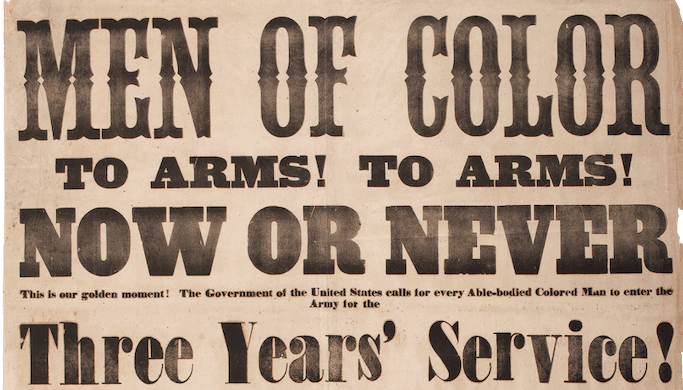Civil War Research Uncovering Just How Deeply Our House Was Divided
What is most surprising in a new book about the 14 Black men who served as surgeons in the Civil War is the reactions of the whites who refused to work beside them.

‘The Burning Land’
By David O. Stewart
Knox Press, 336 pages
‘Without Concealment, Without Compromise: The Courageous Lives of Black Civil War Surgeons’
By Jill L. Newmark
Southern Illinois University Press, 312 pages
Abraham Lincoln famously declared: “A house divided against itself cannot stand. I believe this government cannot endure, permanently half slave and half free.” The free part, though, was not then as clear as such a statement would be understood now.
In David O. Stewart’s second volume of the Overstreet Saga (my review of the first appeared in The New York Sun on April 20, 2022), Henry Overstreet is surprised by his wife’s anti-slavery convictions but then absorbs their cogency and enlists in the 20th Maine Infantry Regiment.
Like Lincoln, and like the nation, Overstreet realizes that the very idea of freedom cannot be sustained unless the Civil War becomes about the liberation of the slaves. What has to be conquered, in other words, is not only the South but what is also retrograde northward.
When it comes to Jill Newmark’s research, perhaps what is most astonishing is not the new material she has discovered about the 14 Black men out of the 12,000 or so surgeons who served in the Civil War, but the reactions of the whites who refused to work beside them.
It is not surprising that certain white surgeons were racists who objected to even practicing within the vicinity of Black surgeons. Yet it is dismaying to learn that other white surgeons, while professing to support the liberation of slaves, believed that serving with Black surgeons would be detrimental to their careers.
Even serving under a Black surgeon who had proved himself after passing grueling exams and obtaining a medical degree in Canada, Alexander T. Augusta, seemed inconceivable to his less-qualified white colleagues.
Augusta heads the list of Black surgeons who persevered no matter the discrimination they suffered, no matter how many times institutions such as Harvard expelled them, succumbing to protests from white students who thought their own degrees would be devalued if Blacks could also obtain them.
Yet surgeons like John van Surly DeGrasse risked their lives on the battlefield while others took up positions of authority that made it possible for other Blacks to earn medical degrees and enter other professions.
Seen from the perspective of a group biography of Black Civil War surgeons, the Civil War becomes not just a saga of divided families and a saga of how a people were liberated, but also about that oldest of American stories: how to become an individual by becoming an American — what Hector St. John de Crèvecour meant when he said an American was a new man.
Ms. Newmark shows that these 14 surgeons pressed on because at stake was the fate of Black people, one inextricably tied to what these men as individuals were trying to accomplish for themselves.
Not many people, no matter their color, live day to day with a sense that what they do will have an impact on their race and nation. You will learn, too, that going into battle with a certain color on your face will determine what happens when you are wounded.
Henry Overstreet is grievously wounded and will get care, however imperfect, in the chaos of war. Yet many Black soldiers, as Ms. Newmark documents, were left to die, unattended by white surgeons who would not touch them.
A house divided is more than about a nation at war with itself. A house divided is like Poe’s House of Usher falling apart because the human consciousness, or rather the consciousness of an all-embracing humanity, is disintegrating.
The only way back to health and wholeness, as these Black surgeons understood, is not to quit in the white face of rejection but to become part of the institutions and nations that are predicated on the repudiation of the Black face.
Ms. Newmark has recovered photographs buried in files more than 100 years old; she has sought the help of many archivists and specialists in medical history, in order to create a startling new history out of what has been buried and obscured.
The book’s splendid title, “Without Concealment,” signals a kind of deliverance — not only for its subjects but for our sense of who we are and what our nation stands for.
Mr. Rollyson is the author of “American Biography.”

